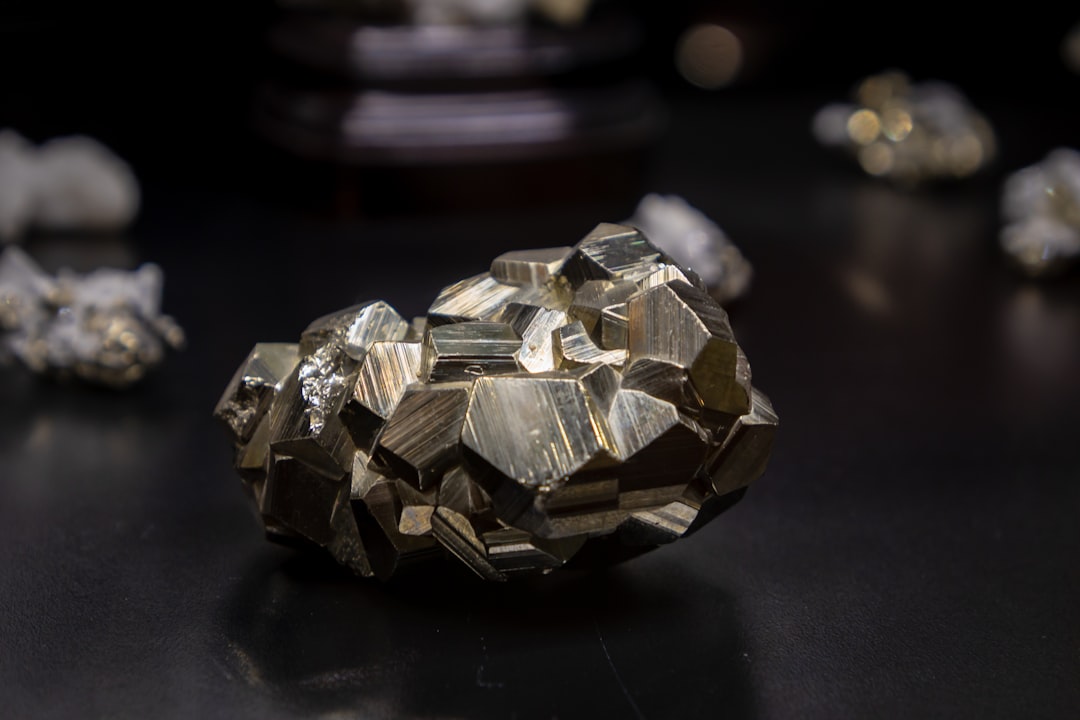What is it about?
How can we combine expensive experimental data with large-scale physics simulations to better understand the data and improve the simulation? How can we assign meaningful uncertainties to our improved predictions of future experiments? This paper describes a novel approach that uses machine learning and Bayesian inference to build a statistical model on a combination of experiments and simulations of laser-driven nuclear fusion implosions. We use the model to choose between competing hypothesis for the physics at play in the experiments and to make predictions, with uncertainties, of the potential performance of new experiments
Featured Image

Photo by Joshua Sortino on Unsplash
Why is it important?
Our inertial confinement fusion experiments are typical of challenges that face many 'big science' efforts: experiments are expensive, difficult to diagnose, and live in a large design space; simulations are highly complex, combine multiple physics models, and to some extent fail to describe experimental observations; multiple potential explanations exist for observed discrepancy ranging from unknown input conditions to incorrect or missing physics. The method we present in this paper offers a path towards understanding these kinds of datasets for the first time.
Perspectives
The work we have started in this paper promises to change the way we do science at the largest experimental facilities in the world. It is the culmination of a huge amount of work, ranging from the development of new state-of-the-art machine learning methods for scientific problems, the computational workflows required to run unprecedented numbers of radiation-hydrodynamics simulations, and statistical methods for dealing with complicated experimental datasets. Each one of those has kick-started new, focused research that is extremely exciting. I hope that you find the potential of the methods we present in this paper as exciting as I do
Jim Gaffney
Lawrence Livermore National Laboratory
Read the Original
This page is a summary of: Making inertial confinement fusion models more predictive, Physics of Plasmas, August 2019, American Institute of Physics,
DOI: 10.1063/1.5108667.
You can read the full text:
Contributors
The following have contributed to this page










